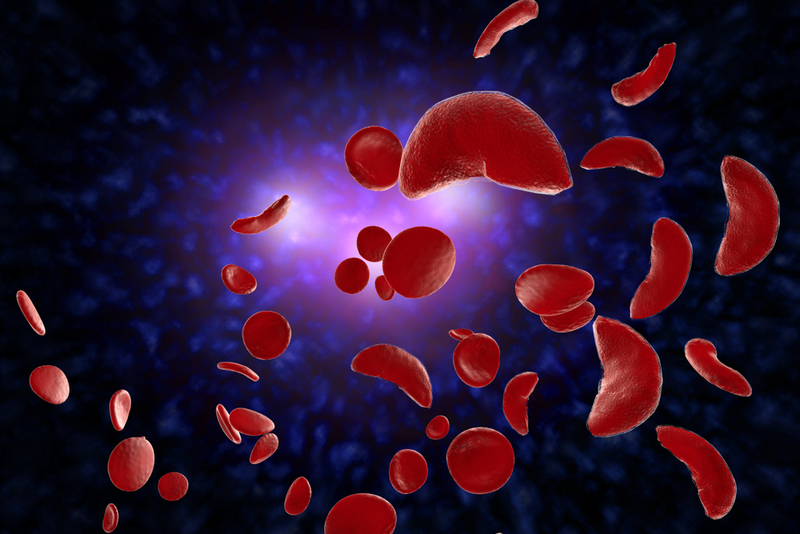Discovery of a novel fetal hemoglobin repressor opens new avenue for correcting SCD
American Society of Hematology Annual Meeting Press Release Dec 11, 2019
A new study suggests a protein known as nuclear factor I X (NFIX) could offer an opportunity to correct the red blood cell abnormalities that are at the heart of SCD. The research confirms NFIX’s role in helping precursor red blood cells switch from fetal hemoglobin expression to adult hemoglobin expression. This finding suggests NFIX could one day be targeted by a drug for SCD to restore fetal hemoglobin expression, allowing the body to make healthy red blood cells instead of sickle-shaped ones.

In people living with SCD, precursor red blood cells known as erythroblasts produce faulty hemoglobin, causing red blood cells to become misshapen. However, erythroblasts in a developing fetus produce a slightly different form of hemoglobin, known as fetal hemoglobin, which makes normal, healthy red blood cells. Researchers have been searching for ways to make adult erythroblasts behave like fetal erythroblasts in order to help people with SCD produce more normal red blood cells.
In the new study, researchers from Syros Pharmaceuticals studied gene activity and hemoglobin production at discrete stages of development in fetal and adult erythroblasts. They traced how proteins known as transcription factors work to turn on, or shut off, genes related to fetal and adult hemoglobin production. Following up on results from their analysis and hints from previous studies indicating NFIX may play a role, they discovered that NFIX acts as a transcription factor that prevents adult erythroblasts from making fetal hemoglobin.
“Having a new transcription factor on the table as a fetal hemoglobin repressor opens up a potential new avenue for drug discovery,” said senior study author Jeffrey R. Shearstone, PhD, of Syros. “There’s still a lot to learn, but identification of a new fetal hemoglobin repressor and understanding how it impacts gene regulatory networks within erythroblasts gets us a little closer to being able to develop new therapies.”
To confirm NFIX’s role in repressing fetal hemoglobin, the team decreased the expression of NFIX in adult erythroblasts. They found that without NFIX, the cells produced fetal hemoglobin. It is not clear whether NFIX directly represses fetal hemoglobin production or if this process is mediated indirectly, through regulation of other genes and proteins. This research is part of Syros’ broader effort to develop drugs to increase the expression of fetal hemoglobin in people with SCD, and future studies are aimed at understanding the mechanisms by which NFIX and other genes silence fetal hemoglobin to elucidate potential therapeutic targets, Dr. Shearstone said.
This article is a news release from American Society of Hematology Annual Press Meeting. Read the original here.
-
Exclusive Write-ups & Webinars by KOLs
-
Daily Quiz by specialty
-
Paid Market Research Surveys
-
Case discussions, News & Journals' summaries